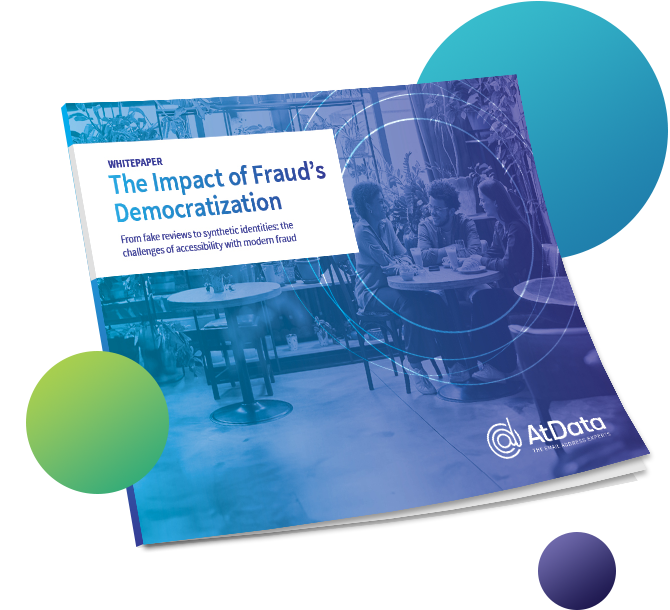The Rising Tide of Fraud
The notion of identity and its integrity have long played a role in the security frameworks of online platforms and financial transactions. But the increasing trend of consumers manipulating their digital footprints for anonymity or privacy underscores a more nuanced part in digital identity dynamics.
The phenomenon, observed globally, reveals a growing comfort among users to adjust elements of their personal information, such as using alternate email addresses or slightly modifying personal details, to either mask their identities or protect their privacy.
This evolution reflects a significant shift from traditional, isolated instances of digital fraud to a more widespread, accessible model where the tools and knowledge required for fraudulent activities are at the fingertips of a broader audience. The roots of this shift lie not only in technology’s advancements, but also in the changing attitudes towards identity and privacy online.
In our white paper, we explore:
- Why fraud is becoming more common – from technological advancements and global connectivity, to consumers’ awareness of personal data and their desire for privacy.
- Growing problems in things such as review fraud, coupon fraud, and synthetic identities.
- Implications to businesses and the potential for financial, compliance, and reputational damage.
- Strategies to strengthen defenses.
The fraud landscape is witnessing an unprecedented democratization and scale.
This emerging scenario presents a dual challenge: on one hand, it highlights the creative lengths to which individuals will go to preserve their anonymity or navigate digital ecosystems, and on the other, it represents the emerging threats that businesses face in safeguarding against fraudsters, necessitating a reevaluation of how digital identities are verified, managed, and protected.
Access the Guide to Learn More
 Affiliate Marketing
Affiliate Marketing Automotive
Automotive eCommerce and Retail
eCommerce and Retail FinTech
FinTech LeadGen
LeadGen Nonprofit and Political
Nonprofit and Political Payments
Payments Technology Platforms
Technology Platforms Tourism and Hospitality
Tourism and Hospitality

